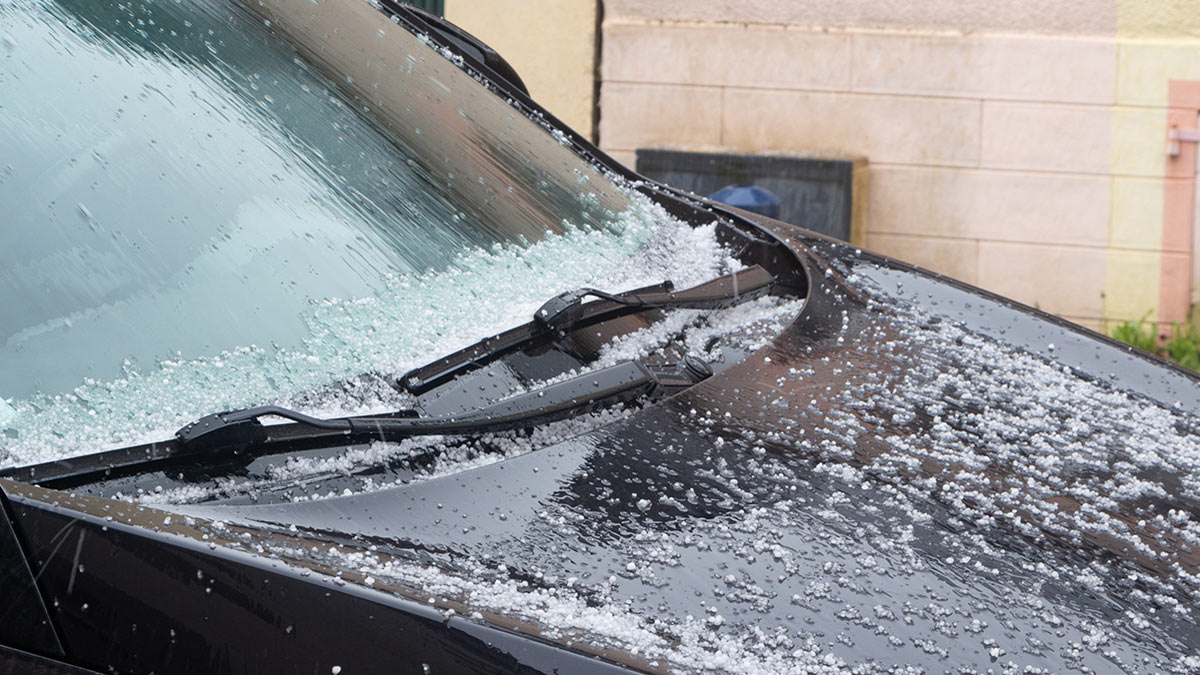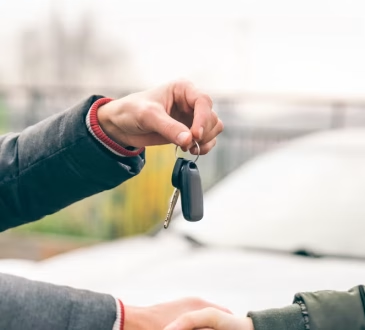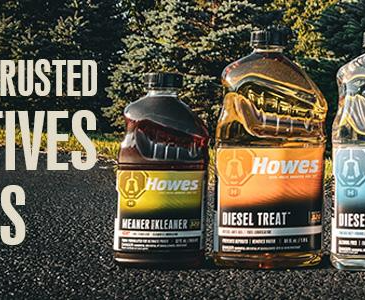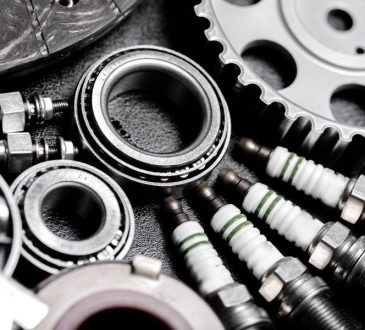
Hailstorms can strike with little warning, leaving a trail of destruction in their wake, especially for unprotected vehicles. The aftermath often involves dealing with dents, shattered glass, and extensive repairs. However, with proactive measures and a bit of preparation, you can significantly reduce the risk of hail damage to your vehicle. This article explores practical tips for protecting your vehicle from the ravages of hail, ensuring it remains in top condition regardless of the weather.
Understanding the Risk
Hail can vary in size from small pellets to golf balls or even larger, causing significant damage to vehicles caught in the open. The extent of the damage can range from minor cosmetic issues to major structural repairs, depending on the hail’s size and the storm’s duration. Recognizing the potential for hail in your area and preparing accordingly can save you time, money, and stress.
Prevention Tips for Hail Protection
- Stay Informed About Weather Conditions: The first step in protecting your vehicle from hail is to stay informed about potential hailstorms. Use weather apps and local news to track storms, and take warnings seriously.
- Use Covered Parking: Whenever possible, park your vehicle in a garage or under a carport. Covered parking is the most effective way to shield your vehicle from hail. If you don’t have access to covered parking at home, consider finding public parking garages in your area that you can use when storms are forecasted.
- Invest in a Car Cover: For those without access to covered parking, a quality car cover designed to protect against hail can be a worthwhile investment. Look for covers labeled as “hail protection” or those made with padded materials to absorb the impact of hailstones.
- Use Temporary Shelter: In a pinch, items like thick blankets or comforters can provide temporary protection from hail. Secure them to your vehicle with bungee cords to prevent them from blowing away. While not as effective as a hail-proof car cover, they can offer some level of protection in unexpected situations.
- Seek Shelter During a Storm: If you’re driving when a hailstorm hits, look for immediate shelter. This could be a gas station canopy, a bank drive-thru, or any covered area where you can safely park until the storm passes.
- Consider Hail Protectors: Hail protector systems are inflatable covers that provide a strong barrier against hail. These systems can be quickly deployed when a storm is imminent, offering substantial protection for your vehicle.
- Comprehensive Insurance Coverage: While not a prevention tip per se, ensuring your vehicle is covered by comprehensive insurance can provide peace of mind. Comprehensive coverage typically includes damage from natural disasters, including hail, making it easier to repair or replace your vehicle if it’s damaged.
After the Storm
If your vehicle does sustain hail damage, assess the situation and contact your insurance provider promptly. Paintless Dent Repair (PDR) is often the preferred method for repairing hail damage, as it’s effective, less invasive, and can often be completed quickly.
While hailstorms can be unpredictable and potentially damaging, taking proactive steps to protect your vehicle can mitigate the risk and impact of hail damage. By staying informed, utilizing covered parking, investing in protective gear, and ensuring you have comprehensive insurance coverage, you can keep your vehicle safe from the elements and maintain its value and appearance for years to come.




